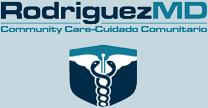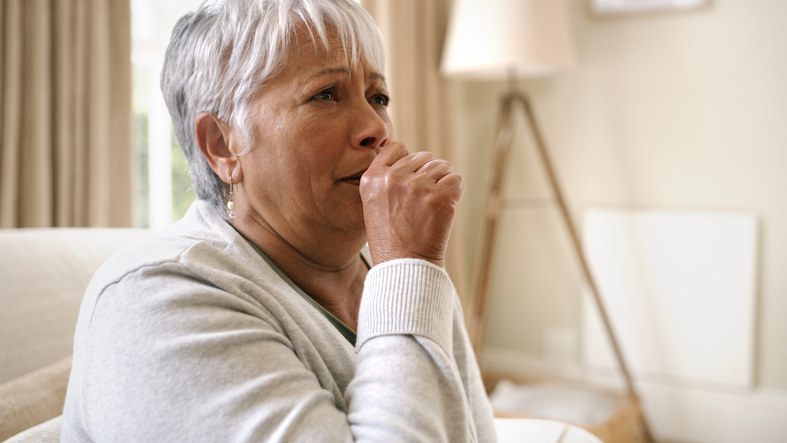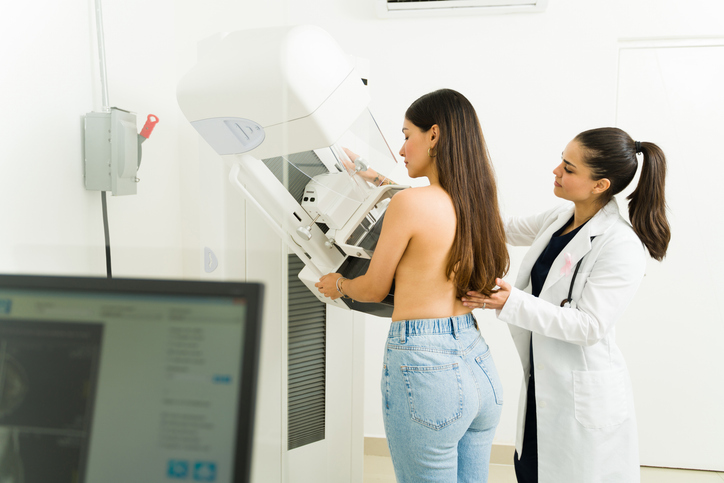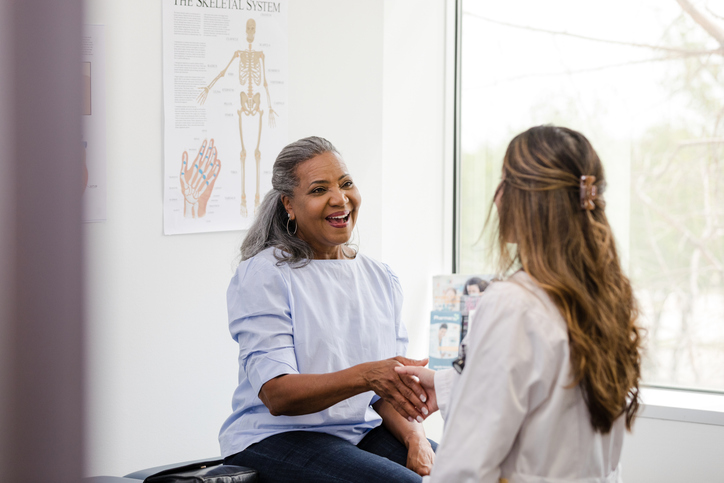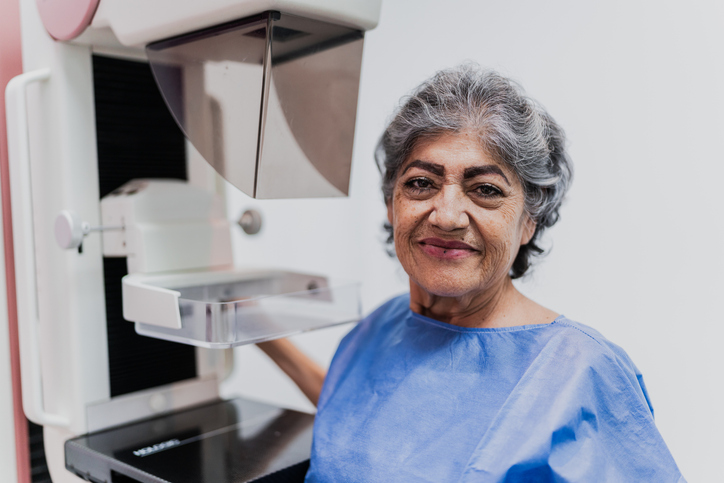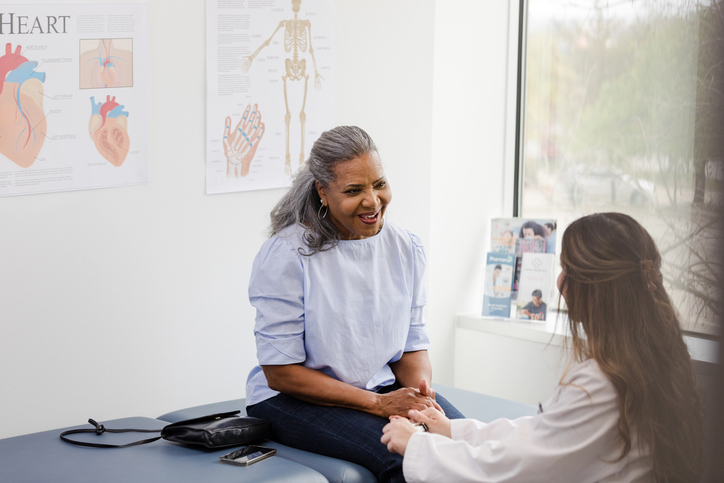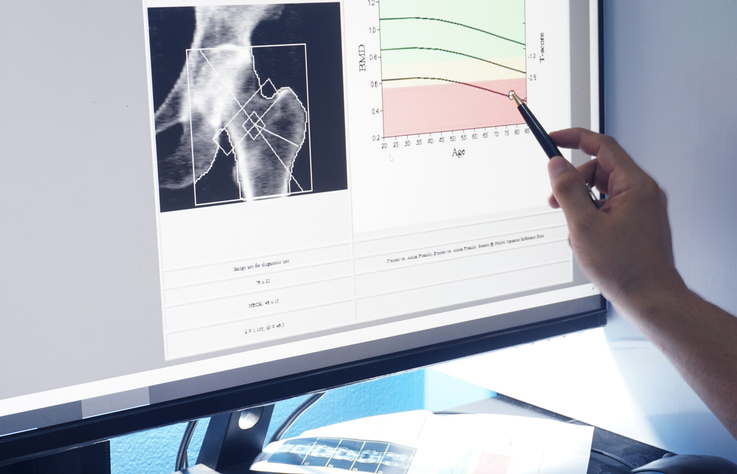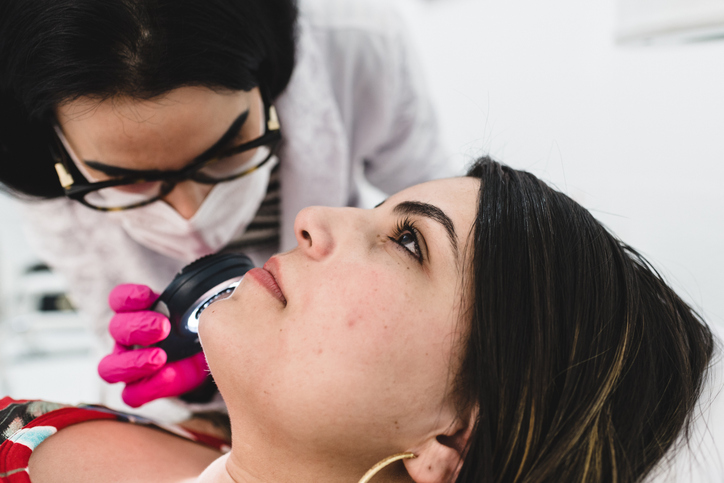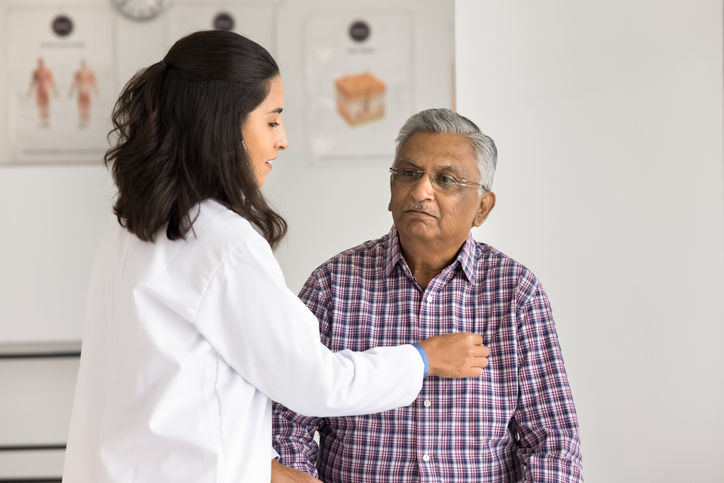Winter’s Respiratory Illnesses
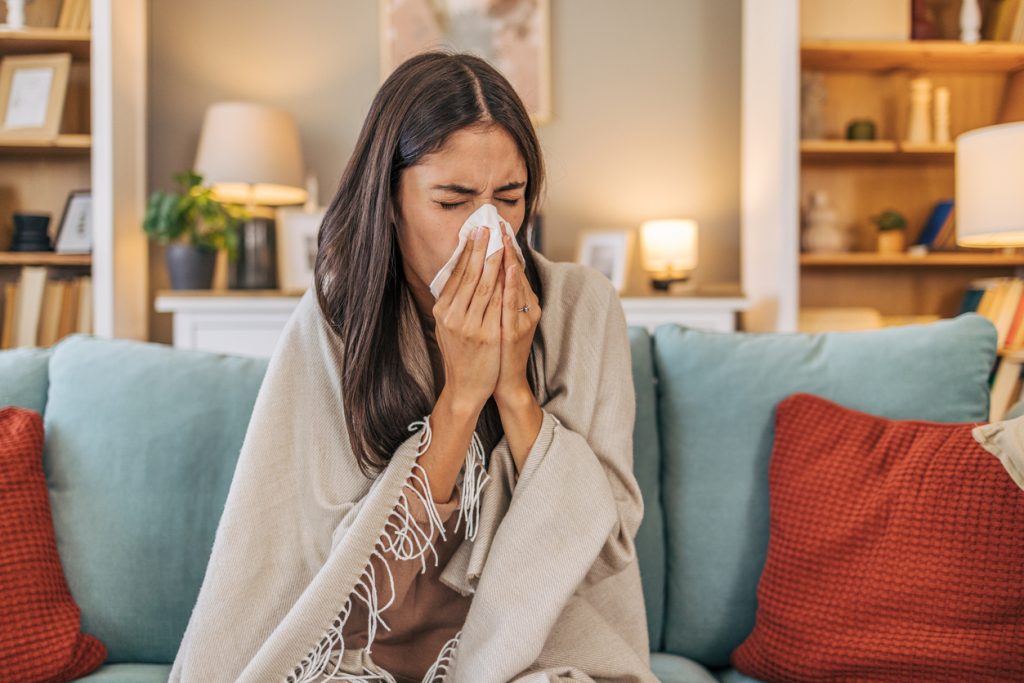
Respiratory illnesses are common during the winter months. As temperatures get colder, people spend more time indoors, making it easier to spread germs. Respiratory viruses tend to spread better in dry air. Lower humidity levels indoors can cause dryness and irritation in the respiratory tract. This makes people more susceptible to developing infections.
Peak Virus Season
Cases of colds, influenza, Covid-19, and RSV (respiratory syncytial virus) all peak during the winter months. Infections are highest from October to March. While most people generally recover from these illnesses without issues, respiratory infections can lead to more serious conditions including sinus infections, bronchitis, and pneumonia. People with asthma, other chronic lung conditions, young children, the elderly, pregnant women, those with compromised immune systems, and people with chronic conditions such as diabetes and heart disease are at higher risk of serious complications from respiratory infections.
Which respiratory infection do I have?

The following are symptoms of common respiratory infections:
- Common cold – Sneezing, runny or stuffy nose, sore throat, sinus pressure, low grade fever
- Influenza (flu) – High fever (100.4 degrees or higher), chills, body aches, headache, cough, sore throat, runny or stuffy nose, fatigue
- Covid-19 – Fever, chills, shortness of breath, cough, body aches, sore throat, fatigue, loss of taste or smell, headache, diarrhea, nausea or vomiting
- RSV – Initial symptoms similar to a cold. Infants and young children may have trouble breathing and decreased appetite. Older adults may develop wheezing, pneumonia, or bronchiolitis.
Preventing Infections
Vaccines are available to help protect against flu, Covid-19, and RSV. Other important preventive steps include washing hands often, particularly when preparing food, eating, after using the bathroom, coughing or sneezing, and after touching dirty surfaces. Avoid touching your eyes, nose, and mouth with unclean hands. When possible, stay away from people who have a respiratory infection.
Diagnostic Tests
While there is no diagnostic test for the common cold, other respiratory illnesses do have diagnostic tests. There are at-home tests for the Covid-19 virus. A physician or healthcare professional can test for the flu by swabbing a sample from inside the nose or the back of the throat. Rapid tests for flu can provide results in 30 minutes. A doctor can test for RSV with a swab test, chest x-rays, and a blood test to check white cell counts.
RMD Primary Care
The physicians at RMD Primary Care are Board Certified in Internal Medicine and Family Medicine. They provide comprehensive medical care, preventive care, and health maintenance. Contact our office to schedule an appointment.
